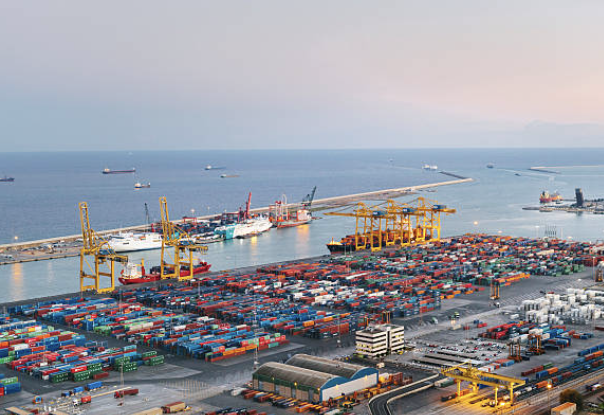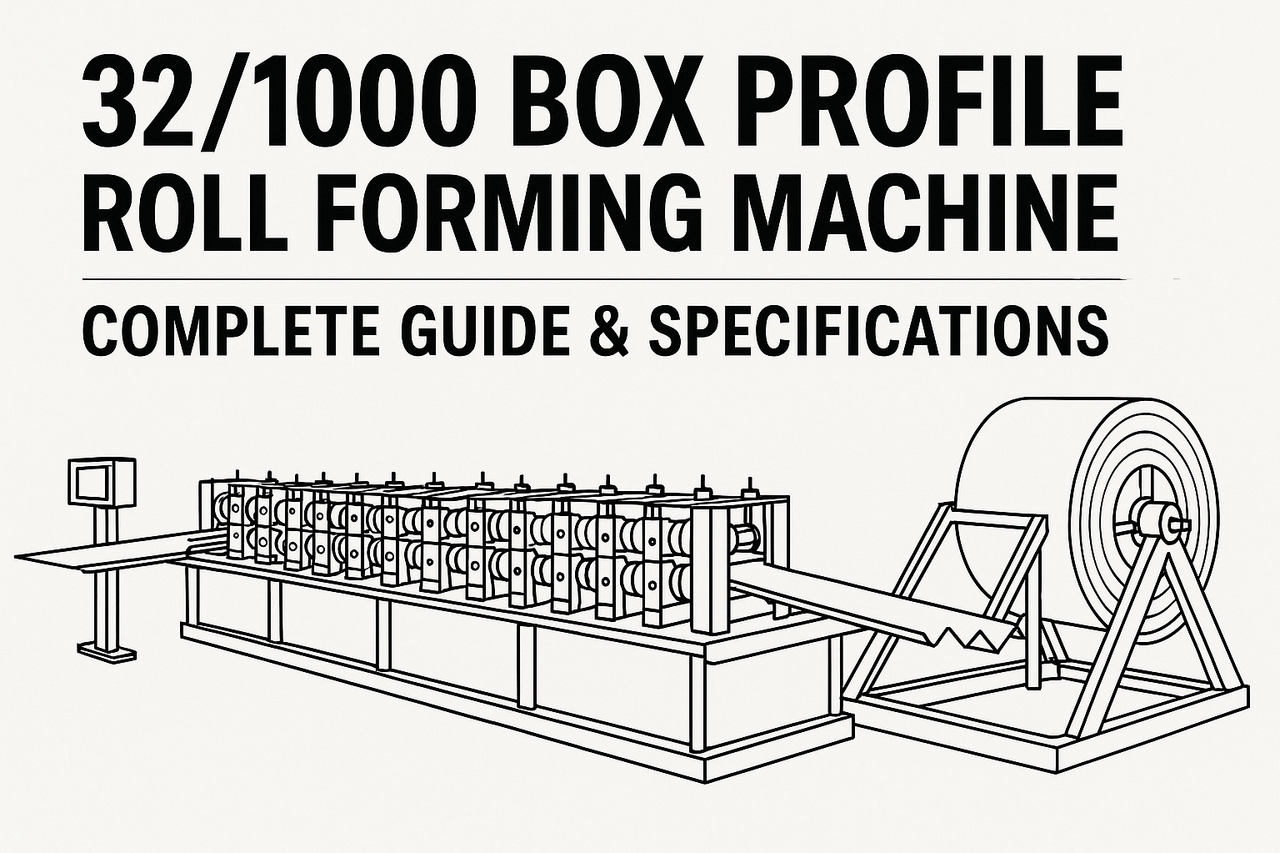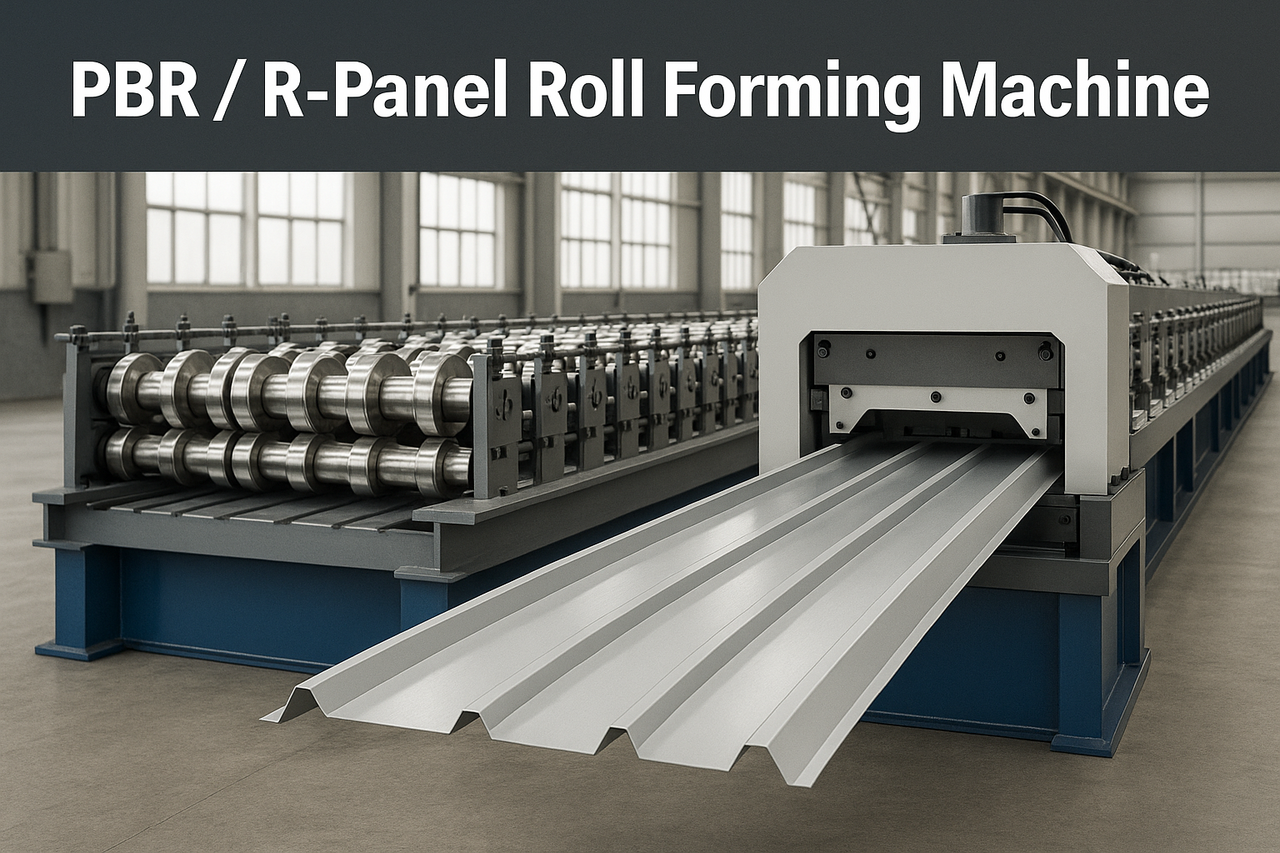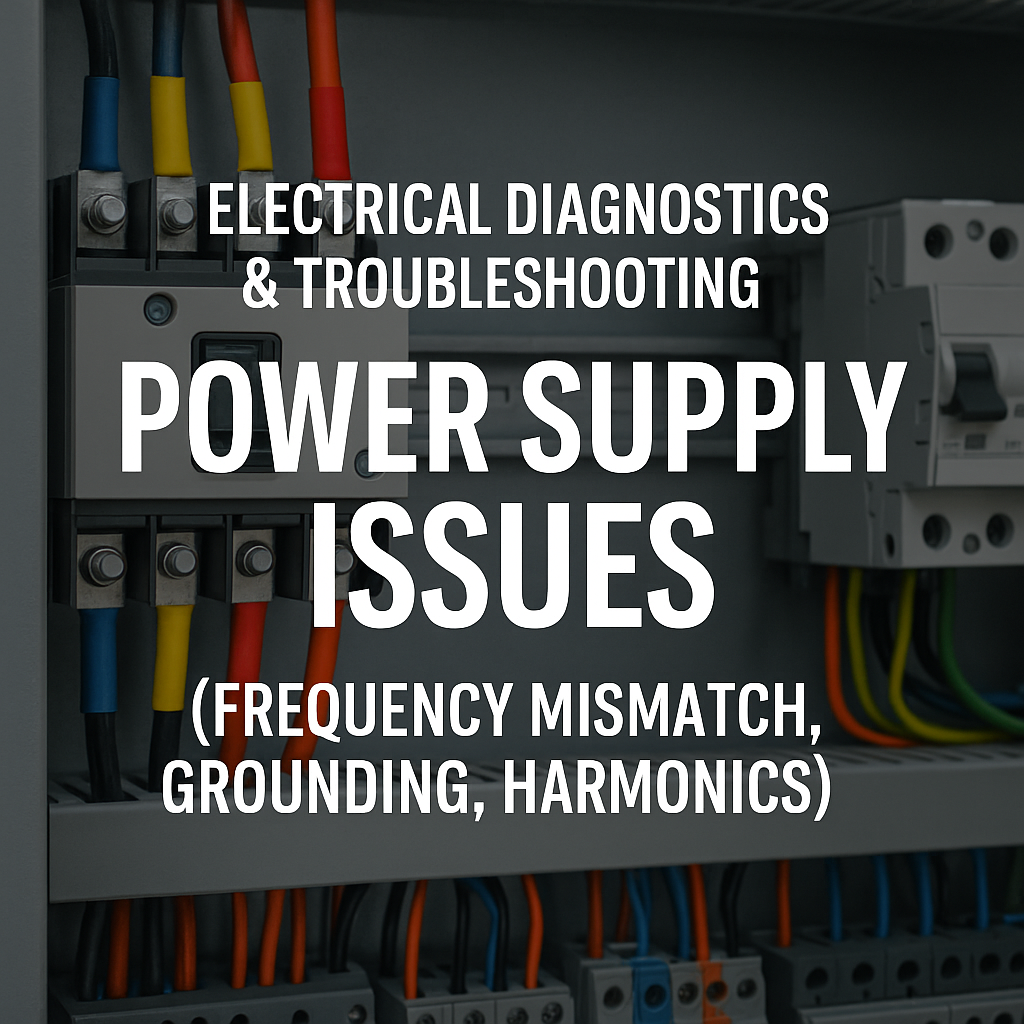
Posted on Monday, November 25, 2024
1. Understand Import Regulations and Tariffs
2. Compliance with EU Standards
Ensure that the roll forming machines comply with EU standards, particularly the Machinery Directive 2006/42/EC. Compliance is typically indicated by the CE marking, which signifies conformity with health, safety, and environmental protection standards.
3. Documentation Requirements
Prepare the following documents for customs clearance:
4. Selecting a Reliable Supplier
Choose reputable manufacturers or suppliers experienced in exporting to the EU. For instance, companies like Diper Maquinaria in Spain specialize in designing and manufacturing custom roll forming lines, offering effective and profitable solutions for businesses
5. Logistics and Shipping
6. Customs Clearance
Upon arrival, the shipment must clear customs. Ensure all documentation is accurate and complete to avoid delays. Payment of applicable duties and VAT is required at this stage.
7. Installation and Commissioning
After customs clearance, arrange for the transportation of the machine to your facility. Coordinate with the supplier for installation and commissioning, ensuring compliance with local safety regulations.
8. After-Sales Support and Maintenance
Establish a maintenance schedule and ensure access to spare parts. Some suppliers offer training for your staff and ongoing technical support.
Additional Considerations
By following these steps and collaborating with experienced professionals, you can navigate the complexities of importing roll forming machines into Spain effectively.

32/1000 Box Profile Roll Forming Machine – Complete Guide & Specifications
Posted on Sunday, November 16, 2025
High-performance 32/1000 box profile roll forming machine for roofing and cladding. Full specifications, profiles, applications, pricing

PBR / R-Panel Roll Forming Machine – Complete Guide & Specifications
Posted on Sunday, November 16, 2025
PBR / R-Panel roll forming machine for roofing and wall cladding. Full specs, profiles, applications, pricing, and global buying guide. Built to order.

Posted on Sunday, November 16, 2025
How to Diagnose and Fix the Hidden Electrical Problems That Cause Downtime
Copyright 2025 © Machine Matcher.